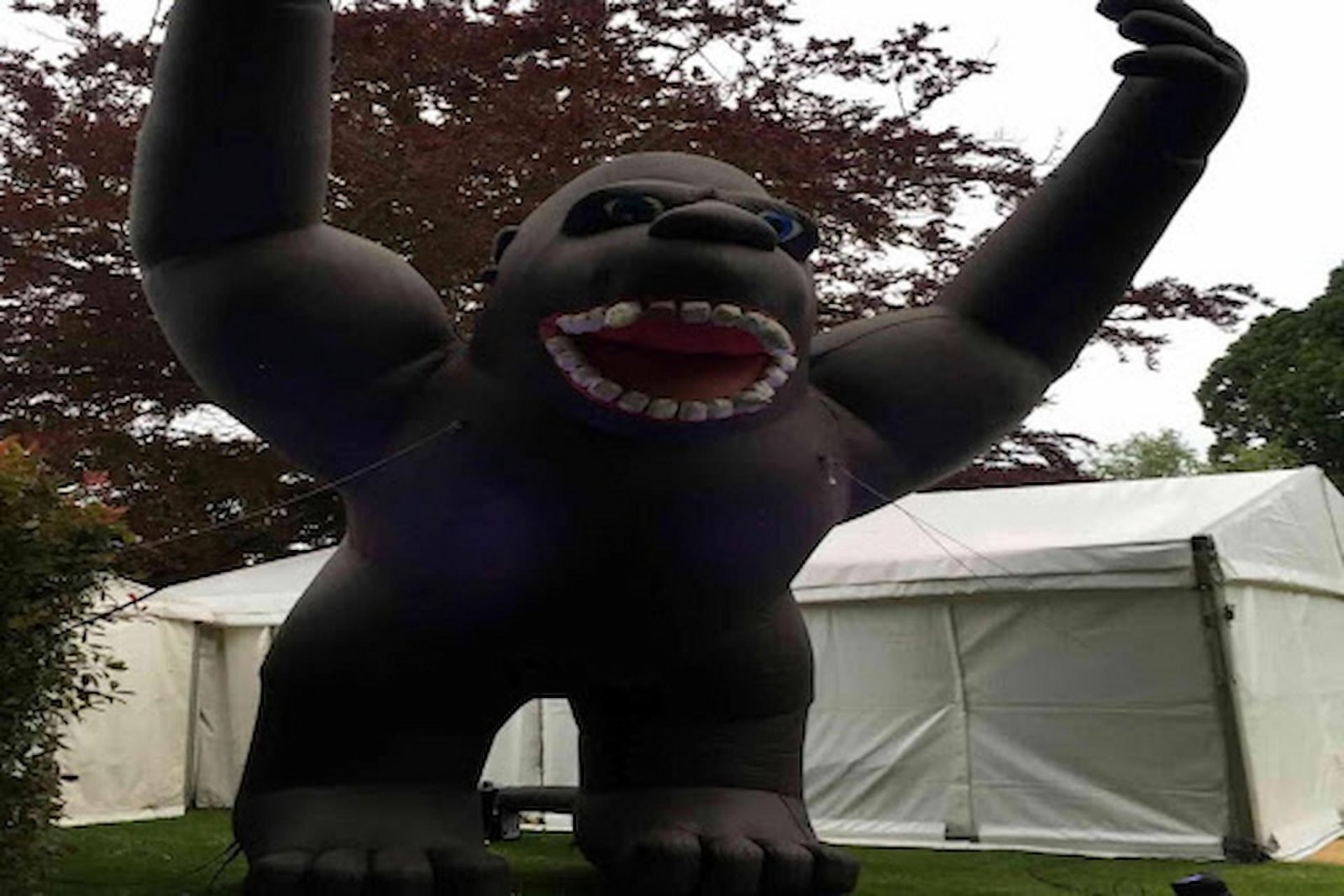
Ever wondered what makes an inflatable costume puff up and stay alive with movement? Behind the bright colours and funny shapes lies smart technology. These costumes combine lightweight fabrics, clever airflow systems, and battery-powered fans to keep them inflated and wearable. In this article, we’ll explore the science and engineering that power inflatable costumes, revealing how they balance comfort, durability, and performance to deliver entertainment that captures attention anywhere they appear.
Inflatable costumes have taken centre stage in parades, events, marketing, and even viral internet trends. Whether you’re wearing a basic inflatable costume for fun or using a custom-designed version for brand promotion, their oversized designs capture attention, make people laugh, and transform ordinary appearances into unforgettable spectacles. Yet, while they look simple, the technology inside them is surprisingly advanced. From airflow management to durable fabrics and portable power systems, every detail is carefully engineered. This article explores the behind-the-scenes technology that makes inflatable costumes work so seamlessly.
The Origins of Inflatable Costumes
The concept of inflating fabric with air is not new. Balloon floats and advertising inflatables have existed for decades. However, wearable inflatables are a more recent invention. They gained global popularity in the 1990s when costume designers realised that portable fans and lightweight fabrics could be combined to create oversized characters that a single person could wear. Since then, inflatable costumes have become staples at sporting events, marketing campaigns, and festivals.
The Role of Airflow
Air is at the heart of every inflatable design. A constant stream of airflow is required to keep the structure inflated and maintain its shape. This is usually achieved with compact battery-powered fans attached inside the costume. These fans pull in outside air and circulate it evenly through the interior. Without them, the costume would collapse within seconds. Engineers design airflow systems to balance comfort and performance—enough pressure to inflate, but not so much that the wearer feels trapped or overheated.
The Fabric That Holds It All Together
The outer material of an inflatable costume needs to be lightweight, flexible, and strong. Most are made from synthetic fabrics such as nylon or polyester coated with polyurethane. These fabrics resist tearing while remaining breathable. They are also treated to resist water and UV damage, making them suitable for both indoor and outdoor use. The strength-to-weight ratio of the fabric is vital. Too heavy, and the wearer struggles to move; too light, and the costume rips or deflates quickly.
Inside the Inflatable Costume
At the core of the design lies a careful balance of structure and flexibility. The costume includes air-tight seams, reinforced zippers, and mesh panels that allow the wearer to see and breathe. In the centre of the experience is the inflatable costume itself—a portable unit that works like a miniature air system. Fans pump air continuously, while elastic bands or drawstrings around wrists and ankles prevent too much air from escaping. This simple but clever combination ensures the costume stays inflated while still allowing the wearer to move freely.
Powering the Fans
Modern inflatable costumes use small but powerful fans powered by rechargeable batteries. Depending on the design, a single fan may be enough, while larger costumes may require two or more. Battery packs are typically worn on a belt or kept inside a pouch, making them easy to swap or recharge. Advances in battery technology have made today’s costumes lighter and longer-lasting, allowing performers to wear them for several hours without interruption.
Safety and Comfort Features
Comfort is as important as design. Costumes are fitted with ventilation points to prevent overheating. Mesh windows not only allow vision but also ensure a steady exchange of air inside. Designers also pay attention to weight distribution. Padded straps, adjustable belts, and lightweight materials reduce the strain on the wearer. Safety measures also include flame-retardant fabric and quick-release zippers that allow the costume to be removed quickly if needed.
Technology Meets CreativityF
The technology alone is impressive, but what makes inflatable costumes truly remarkable is how they support creativity. Designers use computer modelling to plan airflow, shape, and movement. Some costumes are even equipped with LED lighting, sound systems, or motion sensors to enhance the entertainment factor. These innovations show how technology and art combine to create immersive experiences.
Everyday Uses of Inflatable Costumes
Inflatable costumes are everywhere—from sporting mascots to Halloween parties, from advertising stunts to theatre performances. Businesses use them for promotions because they are eye-catching and memorable. Party-goers love them because they are fun, easy to wear, and unique. Event organisers prefer them for their ability to grab attention without complex setups. This broad range of uses is why inflatable costumes continue to grow in popularity worldwide.
The Future of Inflatable Technology
As technology advances, inflatable costumes will continue evolving. We can expect lighter fabrics, quieter fans, and even innovative technology that syncs movements with music or lighting effects. Wearable tech such as cooling systems or digital displays could also be integrated. The goal remains the same: combining comfort, performance, and spectacle to deliver unforgettable moments.
Conclusion
Behind every inflatable costume is a blend of science, design, and creativity. From airflow systems and durable fabrics to portable power packs, the technology ensures that these costumes don’t just look entertaining—they perform reliably in any setting. They may appear whimsical, but the engineering is anything but simple. Next time you see one at a parade, game, or party, you’ll know the fascinating technology working behind the scenes.



